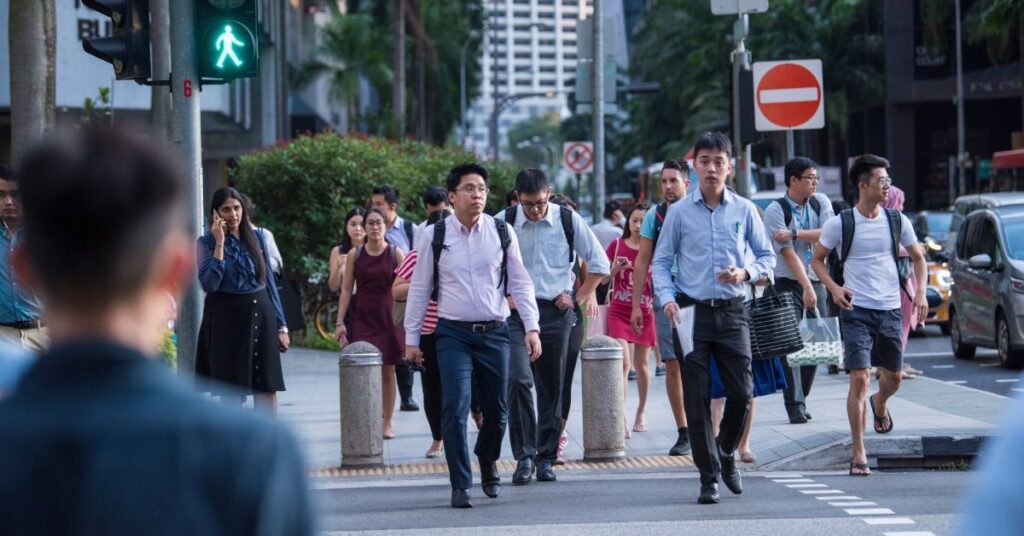Looking for wifi as you travel is a total pain. Constantly having your eye out for WiFi signs on cafe doors, constantly struggling to connect to some obscure (and possibly dangerous) WiFi source, and uploading 5 Instagram pictures and 10 Facebook pictures at once. While we may laude disconnected vacations and “living in the real world”, let’s face it. We need our WiFi, whether to find the best restaurants, find our way around the city, and even stay connected with our family and friends to let them know that yes, we’re still alive, don’t worry about me.
So when I was introduced to the idea of a WiFi router rental, I jumped at it. Portable routers basically ensure that we have WiFi with us 24/7, without worrying about losing connection or running out of data. When I made a weekend trip to Hong Kong, I decided to try Changi Recommend’s WiFi router, simply because the airport was one location I knew I was going to visit before and after my trip, and making the pick-up and return of the router much easier.
The process to book one is easy — I just filled up a form on the Changi Recommends site, and set a pickup time as well as drop-off time. The counter is open 24 hours a day, so you can collect yours even if you’re taking a red-eye flight.

When I told my friends that I had booked a WiFi router from Changi Recommends, the main issue they asked was cost and amount of data. With the current promo code, I was able to get the dongle for $10 per day and the rent on the first day of collection date is waived! I also get unlimited data, though there is a fair data usage of 500MB for Hong Kong which is implemented by the Hong Kong network operator to prevent network congestion, with slower internet connection after 500MB.
On my day of departure, I was late picking up my wifi router by an hour, but the staff were gracious and served me quickly. They talked me through the different components in the black pack that came with the router, and I was surprised to see came with an adapter for several countries and a portable charger. I thought was excessive, but who would complain about having more power, right?
On my first day there, I was stuck to my wifi router like glue. I’m horrible with directions, and relied heavily on my phone’s GPS to navigate me from the train station to my hostel, and eventually to the city centre. It was great having that GPS navigation to rely on, especially in a crowded city like Hong Kong, when there are thousands of little streets and alleyways to get lost in.
As a girl travelling alone in a foreign country, I also liked the security that being connected gave me. I was able to update my friends and family about my trip and know that I could always call (or Whatsapp) for help if I needed it.
It was only on the second day when I realised what the portable charger was for. Heavily using the WiFi router the way I did, I ended up draining the router’s battery by its 6th hour of use that day. I didn’t even realise how much I had used up — though there was a fair data usage of 500MB, I was pretty sure I had exceeded that amount, and hadn’t even felt the slower internet connection at all. I had even FaceTimed my family that day with smoother connection than I would have gotten in most cafes.
At the end of my trip, I had a belly full of great food, a luggage full of great shopping, and a WiFi bill of $20 for pretty much unlimited data my entire trip. I didn’t spend any time hiding in WiFi cafes or worrying about my phone bill — instead, I was able to look up information quickly and stay in touch with my loved ones as often as I wanted. Looking back, I could have chosen to spent more time out of my comfort zone, maybe relying on a physical map instead of my GPS, but in this day and age, going WiFi-less is more of a conscious lifestyle choice than the inevitable norm.
Arming yourself with stable WiFi is the new way to travel — I’ll leave the disconnected vacations for the beach resorts.
In conjunction with the coming long weekends and Chinese New Year, you can also enjoy $5/day rental for Taiwan and $8/day rental for Japan when you enter the following codes respectively.
These codes are valid for travels by 29 Feb 2016.
Code for Taiwan WiFi – VULCAN5
Code for Japan WiFi – VULCAN8
Also Read: 3 Flight Woes That You Can Avoid With Changi Recommends’ Flight Watch











